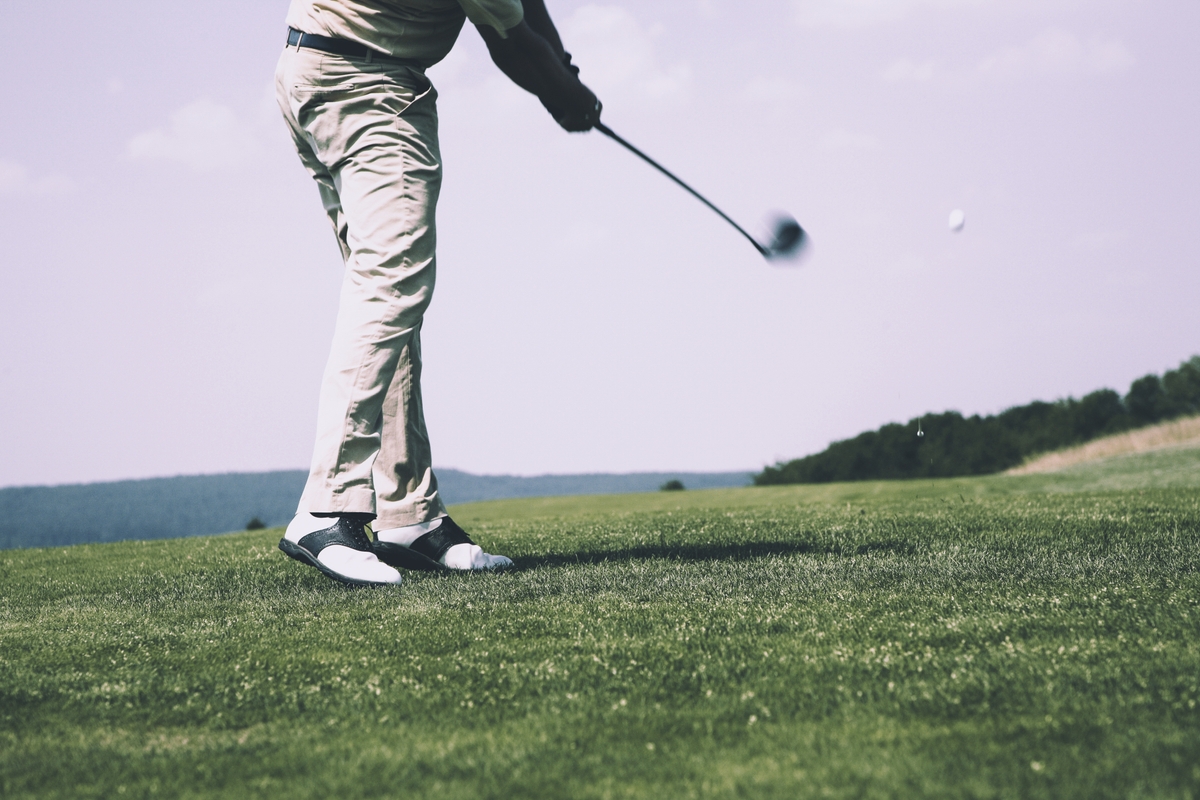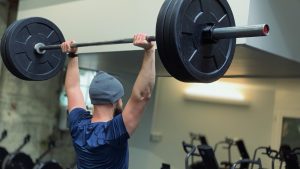
All About Push-Ups: A Fitness Essential
If you’re looking for a simple, time-efficient way to step up your fitness routine, look no further than the trusty push-up! We’ve all seen it—the classic go-to move of choice for those looking to break a sweat—and it’s a classic for good reason! In this article, we’ll break down everything you need to know about push-ups—from the different variations and health benefits, to tips for mastering the move. So, let’s get ready to flex because it’s all about push-ups!
List of Content
- 1. What Are Push-Ups?
- 2. Benefits of Doing Push-Ups
- 3. Different Types of Push-Ups
- 4. Modifications for Beginners
- 5. Tips for Doing Push-Ups Correctly
- 6. Adding Push-Ups Into Your Fitness Routine
- You Ask, I answer

1. What Are Push-Ups?
Push-ups are a simple but effective bodyweight exercise, often used as part of a physical fitness routine. They target several major muscle groups in the arms, core, and chest, all at once. At its simplest, a push-up is done in a prone (face-down) position, with the body weight supported on both arms and toes.
Benefits of Doing Push-Ups:
- Strengthens and tones the arms, chest, abdominals, and lower back.
- Helps build endurance and muscular strength.
- Easy to do and can be done anytime, anywhere.
Muscles Worked by Doing Push-Ups:
- Pectoralis Major, or the chest muscle.
- Deltoids, or the shoulder muscles.
- Triceps, or the back of the arm muscles.
- Core muscles, including the abs and lower back.
Push-ups are a versatile exercise and can be adapted to suit almost any level of fitness. They can be modified to make them easier or harder by changing the position of your hands or feet. They can also be used to target specific muscle groups, such as the triceps or chest muscles.

2. Benefits of Doing Push-Ups
Push-ups are one of the best and simplest exercises for improving overall body strength and fitness. They are easy to do anytime and anywhere, and can be modified for all levels of fitness. Here are some of the benefits that come with this basic body-weight exercise:
- Stronger muscles: Doing push-ups regularly strengthens your chest, shoulder, tricep, and core muscles.
- Improved posture: Stronger upper body muscles can help improve your posture and alignment.
- Increased flexibility: As well as strengthening your muscles, push-ups can also help stretch and lengthen them, increasing flexibility.
While push-ups are normally associated with strength training, they also have other cardiovascular benefits. Push-ups get your heart rate up, taking you out of the rest zone and into the aerobic training zone.
When combined with other aerobic activities such as running or swimming, regular push-ups can help you develop cardiovascular fitness, making your heart stronger and more efficient at pumping oxygen-rich blood around your body.
3. Different Types of Push-Ups
Standard Push-Up: The classic push-up is the primary exercise for building upper body strength. It requires you to raise and lower your body above the floor, using your arms to lift the weight of your body. Standard push-ups work the entire upper body and core, including your pecs, triceps, and shoulders.
Wide Push-Ups: If you’re looking to incorporate an exercise that targets your chest more directly, wide push-ups are the way to go. This exercise requires you to start with your arms wider than shoulder-width apart before pushing your body back up and repeating the motion.
Diamond Push-Ups: This variation is great for targeting your triceps and upper chest. Start in the same position as a standard push-up but your hands should be directly under your shoulders and close together to form a diamond shape. As you lower yourself towards the floor you’ll feel your triceps engage.
Plyometrics Push-Ups: An advanced variation of the classic push-up is the Plyometric Push-Up. This move is challenging but incredibly effective in working the triceps, chest, and shoulders. Start with your feet wider than shoulder-width apart and push up explosively off the floor before landing on your hands. As soon as you hit the ground, reverse the motion and push downwards again. Repeat this for 30 seconds or however long you choose.
4. Modifications for Beginners
For beginners, there are plenty of modifications you can make when starting out. Here are some tips for tuning your car safely.
1. Change your air filter. This is the easiest modification you can perform and it can increase air flow into your engine improving power. Make sure you get a filter from a reliable source, and change it according to the manufacturer’s instructions.
2. Upgrade the exhaust. This is another popular modification which can increase the power output of your engine. Make sure to seek out a specialist for the installation and choose parts that could work best with your engine.
3. Suspension. Installing suspension kits are a great way to maximize the grip of your car. This not only improves corner handling but also it gives you a better ride in general. Make sure to choose parts that suit your particular driving style and budget.
4. Brakes. Upgrading your brakes can improve stop times and make performance safer. Be sure to choose the right brakes for your car and get it installed by a qualified technician.
- Know what types of modifications you are comfortable with.
- Make sure to buy from reliable sources.
- Find out what modifications suit your budget and driving style.
- Get help from a qualified specialist if it’s beyond your capability.
5. Tips for Doing Push-Ups Correctly
1. Master the Proper Form:
The most important tip for correctly doing push-ups is to make sure you’ve got your form down. This means keeping the whole body in a straight line from head to toe, engaging the glutes and core and keeping the hands directly beneath the shoulders and slightly wider than shoulder-width apart. Keep your head looking down at the floor and avoid looking directly ahead. Place your toes on the floor and hold your body tight as you lower down to the ground.
2. Don’t Sacrifice Form for reps:
It can be tempting to quickly pump out as many push-ups as you can without paying attention to your form, but form should always come first. A good way to make sure you’re not cheating on your reps is to count to 4 on the way down and count to 4 on the way up. If you find that your form is slipping or that you’re feeling extra wobbly, take a break.
3. Focus on Your Core:
Engaging your core plays a big role in doing push-ups correctly. Your core helps you keep your balance and posture while doing the push-up. Try to tuck your hipbones towards each other and imagine you’re putting your belly button to your spine. This will help ensure that your core is engaged and doing its job.
4. Don’t Rush It:
Speed isn’t everything when it comes to push-ups, so it’s important to move through the desired range of motion while controlling your breath. You should take a second to pause and hold at the top and the bottom of the push-up to make sure that you’re performing the move correctly. Make sure to keep your elbows close to your body; don’t let them flare out.
- Master the proper form
- Don’t sacrifice form for reps
- Focus on your core
- Don’t rush it
6. Adding Push-Ups Into Your Fitness Routine
Push-ups are a fantastic exercise to add to your fitness routine. They are one of the most effective bodyweight exercises that you can do, as they require no equipment and can be done almost anywhere. Here are some tips for adding push-ups into your routine.
Choose Your Push-Up Variation
Push-ups come in a variety of variations. You can stick to the traditional push-up, or mix it up by adding other variations into the mix. For example, you can add incline or decline push-ups, butterfly push-ups, tricep push-ups, handstand push-ups, or even single leg push-ups.
Do Push-Ups the Right Way
When it comes to push-ups, proper form is important. Make sure that your:
- Hands are positioned right underneath your shoulders
- Shoulders are pulled back
- Core is engaged
- Back is straight from head to toe
Be Patient and Make Goals
Start by doing as many push-ups as you can do with proper form. Aim to increase your reps week by week and stick to your plan. Don’t rush, as it will take time and effort to build up your endurance and strength. Take your time and enjoy the process.
You Ask, I answer
Q: What are push-ups?
A: Push-ups are a type of bodyweight exercise in which you use your upper body to propel yourself up and down from the ground while keeping your body in a strict plank position.
Q: What muscles do push-ups work?
A: Push-ups work muscles in your chest, shoulders, arms, core, and back.
Q: Are push-ups good for strengthening?
A: Yes, push-ups are a great way to build strength in your upper body.
Q: How often should I do push-ups?
A: That depends on your fitness goals. If you’re just starting out, aim for 2-3 sets of 10-12 reps, 3-4 times a week. As you become stronger, you can increase the sets and reps and the frequency.
Q: Are there variations I can do to mix up my routine?
A: Absolutely. You can do incline or decline push-ups, single-arm push-ups, wide grip push-ups, and many more.
It’s clear that push-ups are an essential part of any fitness routine. From developing strength to increasing your cardiovascular health, push-ups can help you gain a host of amazing benefits. So, why not add them to your regimen and make them part of your daily routine? Go ahead and give it a shot – you won’t regret it!

